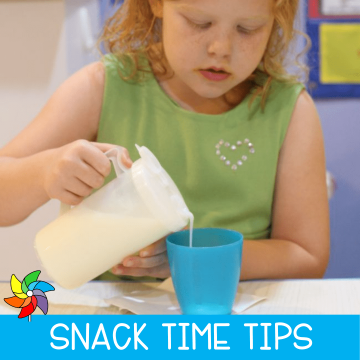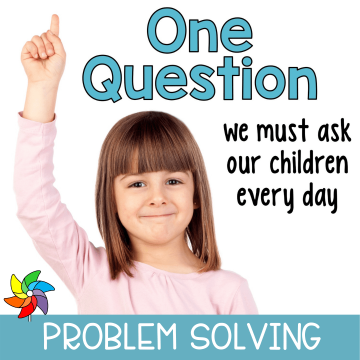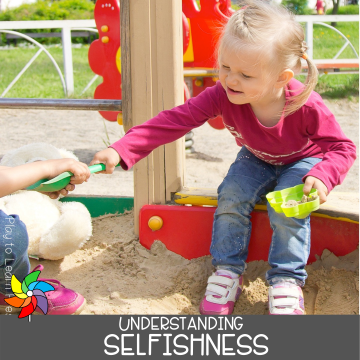Visual cue cards are a great resource. Preschool teachers know – the most challenging parts of any day are the transition times. And there are a LOT of transitions in a school day. While some students go with the flow, many children struggle with changing gears and switching to new activities. Other students have a hard time remembering expectations and rules, or steps involved in a sequence, or even just get overwhelmed with choices. Visual cue cards to the rescue!
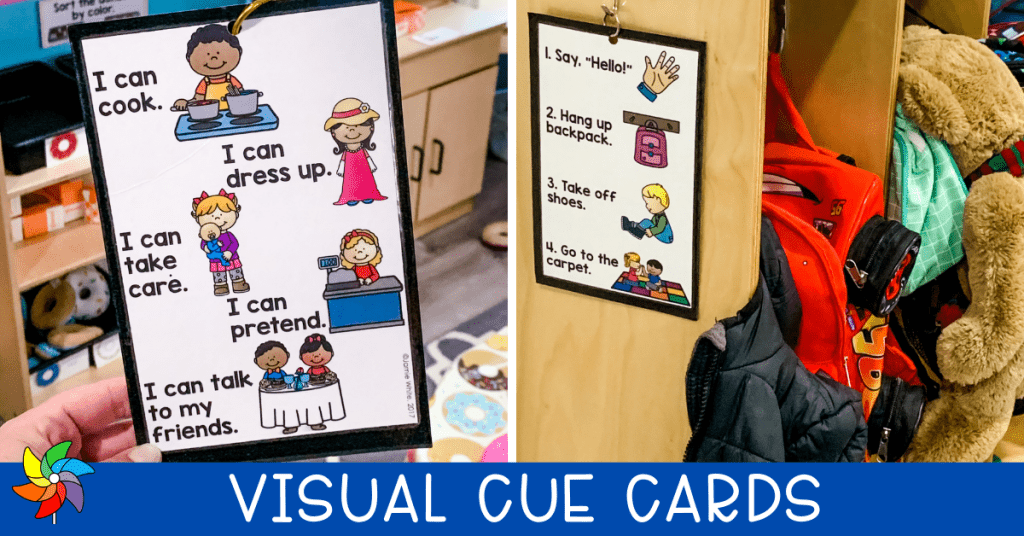
Using Visual Cue Cards for Sequences
Some transitions involve a lot of sequential steps. Simple tasks, such as using the toilet or washing hands, have a lot of different parts to them. Not only that, they have to be done in a particular order to avoid a mess and maintain hygiene. Listing the steps with pictures gives students a sense of independence as they “read” the pictures to stay on track!


Great Expectations
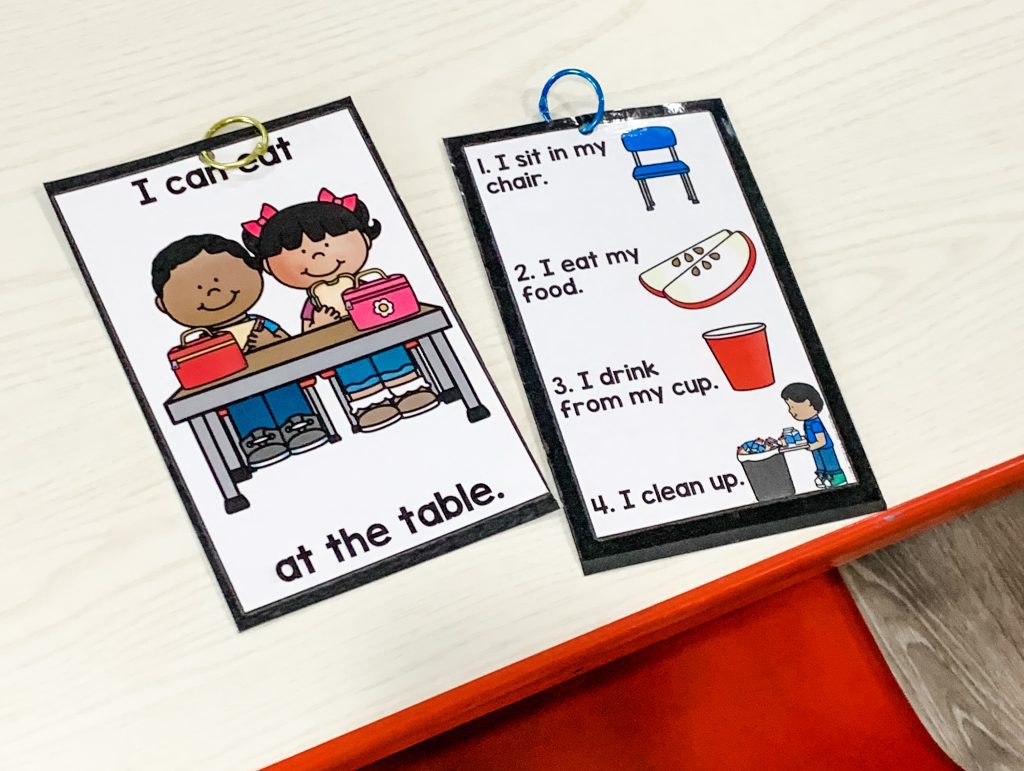
Visual reminders are also a handy way to help students understand expectations. A simple list with four or five expected behaviors, such as “I sit in my chair” with visual reminders saves the teacher from having to repeat the instructions.
Visual Cue Cards in Centers




Sometimes, a student arrives at a particular center and struggles with choosing an activity. Center-specific rules can also be tricky to remember. Visual cue cards alleviate both problems! Listing the various activities that students can participate in at a center, like dramatic play, helps students choose what they’d like to do. Similarly, listing the steps and rules for centers such as play dough or blocks is a gentle reminder of what the expectations are for each area.
Check out this Resource from my Shop!
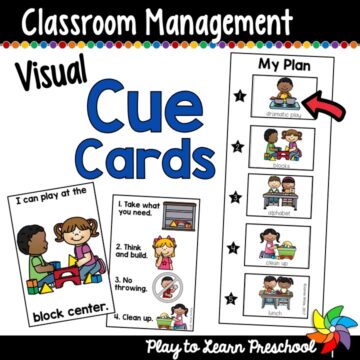
Visual Cue Cards for the Early Childhood Classroom
$5.00Support all learners and help them succeed in the early childhood education classroom. These VISUAL CUE CARDS are perfect for young children and students with special needs.
Handheld Visual Cue Cards as an Intervention Strategy
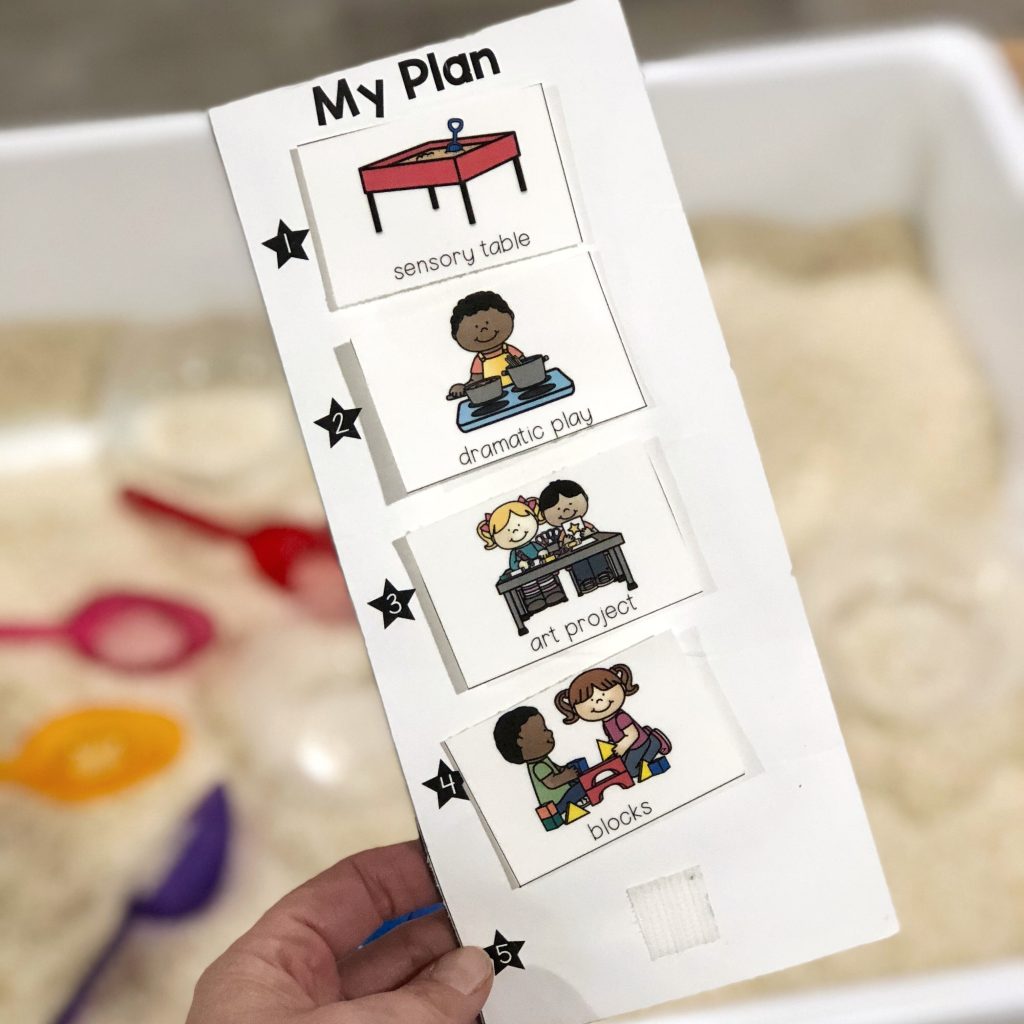
Sometimes free choice time is daunting for young students. There are so many choices it is easy to get overwhelmed. Hand-held visual cue cards are a wonderful tool for students that struggle to make a choice. Teach students to plan ahead using picture cards and visual schedules.
This behavior modification strategy also works wonders with students that wander from center to center without engaging in meaningful play. Using the handheld visual cue checklists, students decide what centers they want to use, and what order they play to visit them. This helps them visually see what they have next “on their list” and cuts down on wandering back and forth.
Use this tool only as-needed! Most students will be able to choose their center and move between activities without stress. For the students who struggle, this can be a great way to teach the decision-making process. As they become more confident, they will rely on this cue card less and less!
Looking for more help with transitions? Try these resources!
- A visual schedule helps pre-reading students know what is coming next.
- Here are some more transition strategies to use throughout the day.
- Carpet games are a great way to help students that have to wait during transitions – the games keep students engaged and learning!

FREE Posters And Organizational Tags
Enjoy these Free Posters and Organizational Tags perfect for the classroom!
After you subscribe, you will be redirected to the FREE Posters and Organizational Tags. We respect your privacy. Unsubscribe at any time.
